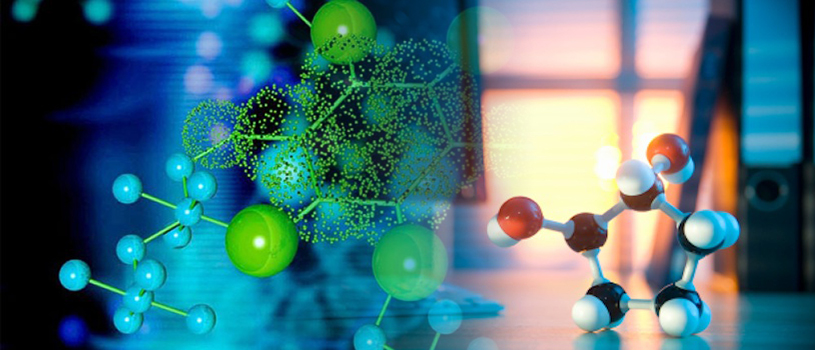
Physicists have experimentally demonstrated for the first time that atoms chilled to temperatures near absolute zero may behave like seemingly unrelated natural systems of vastly different scales, offering potential insights into links between the atomic realm and deep questions of cosmology.
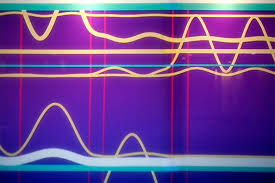
Researchers in Spain have created nanoparticles which can release drugs directly from the cells

Neutrinos do not go faster than light, according to fresh measurements of a test last year that had suggested the particles broke the Universe

The Daya Bay Reactor Neutrino Experiment, a multinational collaboration operating in the south of China, today reported the first results of its search for the last, most elusive piece of a long-standing puzzle: how is it that neutrinos can appear to vanish as they travel? The surprising answer opens a gateway to a new understanding of fundamental physics and may eventually solve the riddle of why there is far more ordinary matter than antimatter in the universe today.

The ALPHA collaboration at CERN in Geneva has scored another coup on the antimatter front by performing the first-ever spectroscopic measurements of the internal state of the antihydrogen atom. Their results are reported in a forthcoming issue of Nature and are now online.

Using a new ultrafast camera, researchers have recorded the first real-time image of two atoms vibrating in a molecule. They used the energy of a
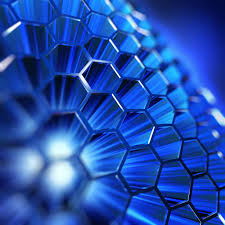
The latest measurement of the mass of the W boson from the Tevatron experiments. The new combined result is twice as precise as the previous world average, and places limits on the mass of the Higgs consistent with the limits from direct searches at the LHC and Tevatron.

CERN, the European Organization for Nuclear Research, has announced that the Large Hadron Collider (LHC) will run with a beam energy of 4 TeV this year, 0.5 TeV higher than in 2010 and 2011.

(PhysOrg.com) -- Physicists in Italy have discovered the first evidence of a rare nucleus that doesn’t exist in nature and lives for just 10-10 seconds before decaying. It’s a type of hypernucleus that, like all nuclei, contains an assortment of neutrons and protons. But unlike ordinary nuclei, hypernuclei also contain at least one hyperon, a particle that consists of three quarks, including at least one strange quark. Hypernuclei are thought to form the core of strange matter that may exist in distant parts of the universe, and could also allow physicists to probe the inside of the nucleus.
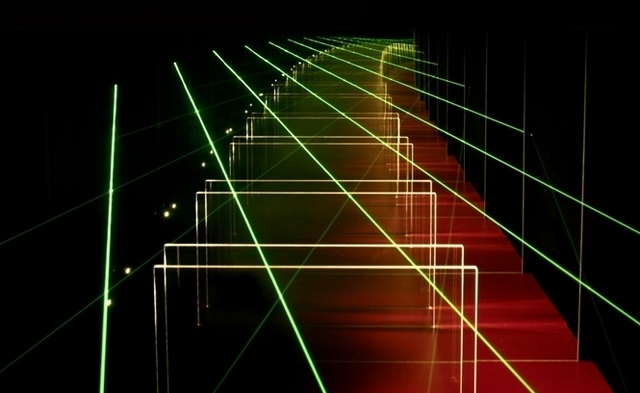
Researchers carefully arrange two iron plates so that they become transparent …
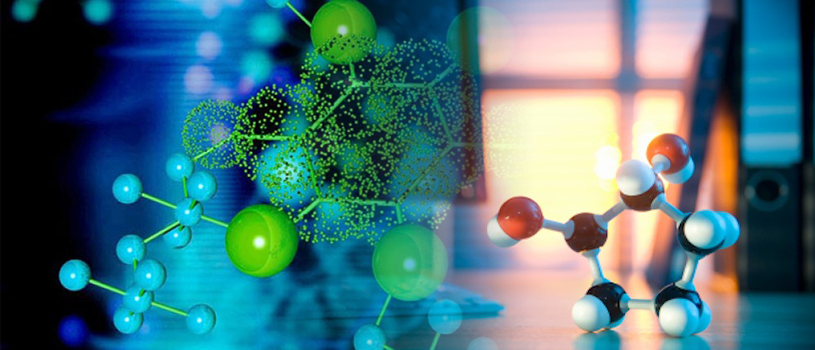
(PhysOrg.com) -- During the past few years, CERN physicist Dragan Hajdukovic has been investigating what he thinks may be a widely overlooked part of the cosmos: the quantum vacuum. He suggests that the quantum vacuum has a gravitational charge stemming from the gravitational repulsion of virtual particles and antiparticles. Previously, he has theoretically shown that this repulsive gravity can explain several observations, including effects usually attributed to dark matter. Additionally, this additional gravity suggests that we live in a cyclic Universe (with no Big Bang) and may provide insight into the nature of black holes and an estimate of the neutrino mass. In his most recent paper, published in Astrophysics and Space Science, he shows that the quantum vacuum could explain one more observation: the Universe’s accelerating expansion, without the need for dark energy.

Mouse skin cells can be converted directly into cells that become the three main parts of the nervous system, according to researchers at the Stanford

Researchers working at the US Department of Energy
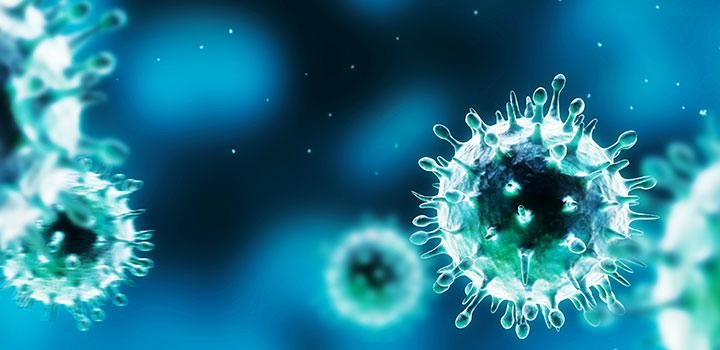
Physicists have built an accurate model of part of the solar system inside a single atom. Scientists have shown that they could make an electron orbit the atomic nucleus in the same way that Jupiter

Researchers in the US have, for the first time, cloaked a three-dimensional object standing in free space, bringing the much-talked-about invisibility cloak one step closer to reality.